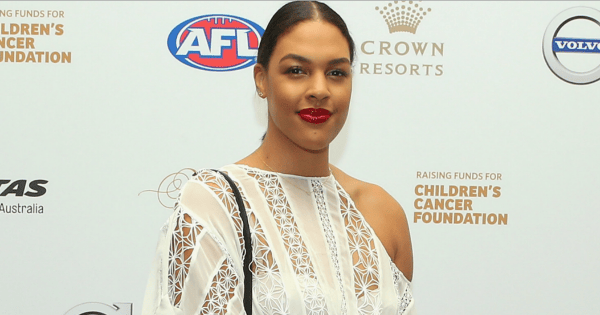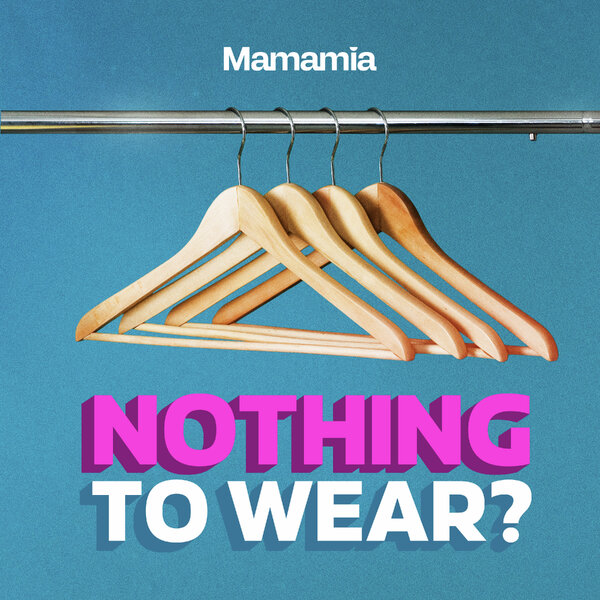
Women’s sport is all over the news today. And while normally I’d rejoice that the media are finally paying attention to our nation’s brilliant female athletes, the mighty Australian Opals are attracting coverage today for some pretty awful reasons.
On Sunday afternoon, basketballer Alice Kunek posted a photo on Instragam in which she and Melbourne Boomers teammate, Tess Madgen, were both wearing fancy dress. Kunek was dressed up as rapper Kanye West, complete with a ripped white t-shirt, a beanie… and a face of dark brown paint.
Liz Cambage – who is of Nigerian descent – was shocked and upset by the photo of her fellow Opal appearing in blackface. She took to Twitter to express her surprise and disgust at the ‘costume’, sending a series of tweets that have since provoked widespread media attention.
So – before we go on – let’s pause for a brief history of blackface and why it is so deeply offensive for people of colour.
Blackface dates back to the 1800s, when white Americans minstrels would paint their faces with charcoal in an exaggerated and degrading portrayal of African-American characters. While ultimately intended as entertainment for white people, these performances also served as a form of not-so-subtle, pro-slavery propaganda. The actors represented black Americans as stupid, lazy, ugly, brutish and above all, deserving of enslavement, unable to live independently of their white ‘masters’.
The performances became popular all over the world – including in Australia – and served to entrench awful and lasting stereotypes of black people. The degrading tradition very much played itself out in Australia as well, with white actors continuing to play Aboriginal roles as recently as the 1950s and 60s.





























































































